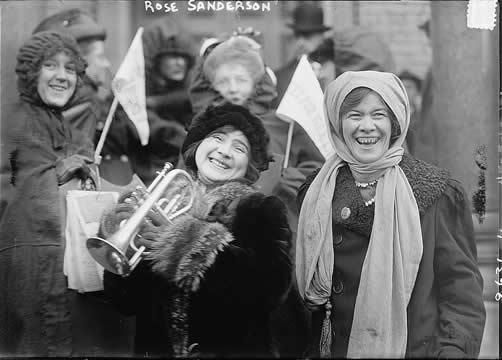

The Pack contains associated resources for the learning experience, typically in the form of articles and videos. There is a teacher Pack (with only teacher information) and a student Pack (which contains only student information). As a teacher, you can toggle between both to see everything.
Here are the teacher pack items for Women’s Suffrage:


Overview In this experience, students view media about women’s suffrage marches to help analyze the lasting impact of women’s suffrage in the United States. Then, they examine the events, issues, and personalities of this movement. They work together in groups to create an infographic of the women’s suffrage movement and the impact of the 19th amendment. Finally, they view and interpret a popular women’s suffrage map from the Progressive Era. Students will collaborate in small groups for scene 3. Objective
Rights and privileges that we take for granted now have not always been available to all citizens. The achievement of women’s right to vote in 1920 is generally considered one of the great moments in the advancement of human progress in the United States. In this experience, you’ll learn how that right was won and who led the struggle for it.
Objective

In this experience, you will see the word suffrage many times. Post a synonym for suffrage in the word cloud.
Scroll through the photos at The Long Road to Women’s Suffrage.
On March 3, 2013—the 100th anniversary of the first women’s suffrage parade in Washington, D.C.—a large group of women reenacted the 1913 suffragette parade. Watch Women’s Suffrage March Reenactment to see the reenactment.Why do you think people in 2013 chose to reenact the 1913 parade?
Discuss possible motivations with students:
